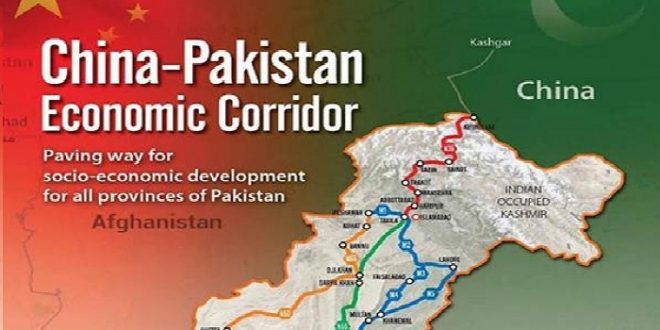18 July, 2019
By Aurangzeb Alamgir
It is said that “economic growth doesn’t mean anything if it leaves people out.” The above mentioned quote seems pretty much true because there is no growth without deprived human development sector and it is the dilemma of third world that artificial boom in economy doesn’t change the day to day life of masses. China Pakistan Economic Corridor (CPEC) was initiated in 2015 and known as the flagship
project of Chinese 140 billion dollar Belt and Road Initiative (BRI)_ Under CPEC china has planned to build road rail infrastructure, network of pipelines and industrial zones. And the narrative was build that CPEC will be “win win “opportunity for Pakistan. But will CPEC be the real “win win” regarding inclusive growth and socioeconomic development for Pakistan? Let’s have a little dissection.
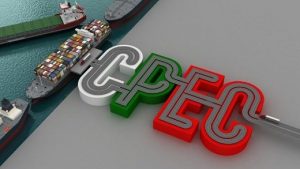 If we try to analyze the Chinese rationale to initiate BRI projects then multiple geo strategic and geo-economics reasons come ahead. In the 21st century, China has emerged as a strong economy. It has surpassed Japan and achieved the status of the world’s second-largest economy after America. In order to keep its huge economy lubricated China requires copious amounts of black crude. Thus, China has the great thirst for hydrocarbon resources especially Middle Eastern oil. Regarding energy security, China is very curious because of the dominance of America around the Middle East. Along with it, the US has a strong hold on the main sea lanes of communication of the Indian and Pacific Oceans. This, of course, creates a dilemma for Beijing.
If we try to analyze the Chinese rationale to initiate BRI projects then multiple geo strategic and geo-economics reasons come ahead. In the 21st century, China has emerged as a strong economy. It has surpassed Japan and achieved the status of the world’s second-largest economy after America. In order to keep its huge economy lubricated China requires copious amounts of black crude. Thus, China has the great thirst for hydrocarbon resources especially Middle Eastern oil. Regarding energy security, China is very curious because of the dominance of America around the Middle East. Along with it, the US has a strong hold on the main sea lanes of communication of the Indian and Pacific Oceans. This, of course, creates a dilemma for Beijing.
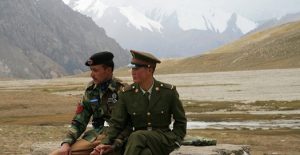 The Strait of Malacca is under strong influence of the US, which is a very significant choke point in the Indo-Pacific Sea lane of communication, from where almost 80pc of crude oil transported to Chinese ports. American presence around the strait is creating serious dilemma for China which is called “The Malacca Dilemma”. In order to deal with Malacca Dilemma China has initiated the Belt and Road project in 2013 and under that project China has to develop six economic corridors under Belt and Road.
The Strait of Malacca is under strong influence of the US, which is a very significant choke point in the Indo-Pacific Sea lane of communication, from where almost 80pc of crude oil transported to Chinese ports. American presence around the strait is creating serious dilemma for China which is called “The Malacca Dilemma”. In order to deal with Malacca Dilemma China has initiated the Belt and Road project in 2013 and under that project China has to develop six economic corridors under Belt and Road.
While shifting the spotlight from geostrategic and geo-economics reasoning to
the human development sector, many questions rise in mind. For instance how much
CPEC is favourable for uplifting Pakistani poor masses? Or how can Pakistan develop it’s under developed parts especially Baluchistan? 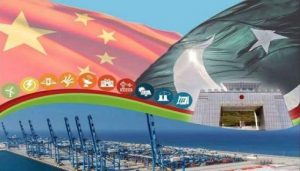 These questions seem more practical because the present government of PM Imran Khan is highly focusing on human development sector. In recent times of economic development, a number of economic corridors have emerged globally as tools of regional cooperation and development but unfortunately human development sector remained neglected. In the
These questions seem more practical because the present government of PM Imran Khan is highly focusing on human development sector. In recent times of economic development, a number of economic corridors have emerged globally as tools of regional cooperation and development but unfortunately human development sector remained neglected. In the
context of Pakistan, there is a lack of appropriate attention to field of Human
development, which has already suffered neglect through the decades. Now the
government gave higher importance to human development sector in Pakistan.
It is awful that human development sector in Baluchistan is quite neglected. According to UNDP Human Development Report 2018, the HDI for women is 25% lower than for men. Women labour force participation of 24.9% is the lowest when
compared with other South Asian countries such as India, Bangladesh and Sri Lanka. These indicators project that growth in Pakistan has been less inclusive in the entire region, due to least attention paid to Human Development Sector in under developed areas particularly Balochistan.
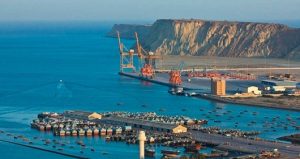 In this context CPEC has potential for inclusive growth if Pakistan government
In this context CPEC has potential for inclusive growth if Pakistan government
remains focused and give top priority to Human Development Sector. For instance, by making special efforts to connect the poorest districts with main markets, the CPEC projects could generate higher social impact in the form of jobs and entrepreneurship opportunities. Coupled with supplementary projects like skills development, infrastructure connecting poor regions to main CPEC routes and special initiatives to promote women’s participation in economic activities, would demonstrate the benefits that CPEC could bring to be trickled down to masses. Besides its economic impact, CPEC benefits should also be evaluated and measured using sustainability indicators. We know that a large segment of the population, around 60%, still rely on agriculture directly or indirectly. Climate change directly impacts agriculture and thus the lives of .. around 40% of the labour force which are employed in agriculture sector. Pakistan is the seventh-most vulnerable country to climate change effects. CPEC projects should, therefore, fully embed environment and climate change concerns to make the growth process both inclusive and sustainable.
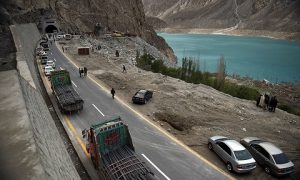 Government’s focus on human development is highly encouraging. If we analyse the deprivation of human development sector in security point of view, worse socio- economic situation is one the prime cause of radicalization, insurgency and terrorism. Mainstreaming of the under development areas and districts through CPEC will be highly fruitful for peace and prosperity in Pakistan.
Government’s focus on human development is highly encouraging. If we analyse the deprivation of human development sector in security point of view, worse socio- economic situation is one the prime cause of radicalization, insurgency and terrorism. Mainstreaming of the under development areas and districts through CPEC will be highly fruitful for peace and prosperity in Pakistan.
(Aurangzeb Alamgir is freelance columnist based in Islamabad, Pakistan)
 Pressmediaofindia
Pressmediaofindia
